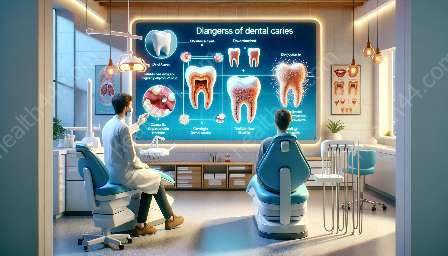When it comes to tooth color, environmental factors can play a significant role. Among these factors, fluoride exposure is particularly noteworthy due to its potential impact on the color of teeth. Let's delve into the complex interconnection between fluoride exposure, stained teeth, and poor oral health.
How Fluoride Exposure Affects Tooth Color
Fluoride is commonly known for its role in preventing tooth decay and strengthening enamel. However, excessive fluoride exposure, especially during tooth development in childhood, can lead to a condition called dental fluorosis. This condition can manifest as discoloration or staining of the teeth, often resulting in a mottled appearance. The overexposure to fluoride during the formative years of the teeth can disrupt the normal enamel formation, leading to changes in the translucency and overall color of the teeth.
Understanding Stained or Discolored Teeth
Stained or discolored teeth can occur due to a variety of reasons, including dietary choices, smoking, certain medications, and poor oral hygiene. Surface stains on the teeth can be caused by the consumption of dark-colored foods and beverages, such as coffee, tea, red wine, and berries. Additionally, habits like smoking or tobacco use can contribute to the yellowing or browning of the teeth. In some cases, certain medications, such as tetracycline antibiotics, can lead to intrinsic discoloration of the teeth, affecting their overall color from within.
The Effects of Poor Oral Health on Tooth Color
Poor oral health can have a direct impact on tooth color. Inadequate oral hygiene practices can lead to the accumulation of plaque and tartar on the teeth, which not only contribute to discoloration but also increase the risk of dental decay and gum disease. Furthermore, untreated dental conditions, such as cavities or enamel erosion, can lead to changes in tooth color, often accompanied by discomfort and sensitivity.
Conclusion
The interplay between environmental factors, such as fluoride exposure, and the color of the teeth is complex and multifaceted. While fluoride is essential for dental health, excessive exposure can lead to dental fluorosis, resulting in noticeable changes in tooth color. Additionally, the effects of poor oral health and lifestyle choices, such as smoking and dietary habits, can contribute to stained or discolored teeth, impacting both aesthetics and oral well-being. By understanding these interconnections, individuals can make informed decisions to maintain optimal oral health and preserve the natural color of their teeth.



